- 易迪拓培训,专注于微波、射频、天线设计工程师的培养
CST MWS maximum number of pulse widths simulated,solver stopped
maximum number of pulse widths simulated, solver stopped
please note that the steady state energy criterion has not been satisfied.
maximum number of pulse 已经加到80还不行。
请教一下怎么处理啊?
谢谢了!
要学会搜索啊!
CST MWS计算箱体屏蔽效能的问题|/read-htm-tid-64002.html
对于初学者来说,这个警告好像一直是比较头疼的
CST MWS帮助文件《Transient Solver Problem Handling》。
Maximum number of pulse widths simulated, solver stopped. / Maximum simulation time reached, solver stopped. Please note that the steady state energy criterion has not been satisfied.
The transient solver operates with a time pulse as excitation, and the simulation stops when one of the following conditions are met:
Either the remaining energy in the calculation domain as well as the port signals have decreased to the steady state value specified on the time domain solver parameter page in the Accuracy field.
The simulation time reaches the maximum solver duration, either defined as Time, Number of pulses or Propagation distance on the Steady state tab on the Special Time Domain Solver Parameter page.
The warning appears when the latter condition was satisfied first before the accuracy level has been reached. This means the energy level remaining in the structure is still bigger than the specified steady state value. Usually this is the case for resonating (energy stays inside the structure for a long time) or large structures (it takes a long time for a pulse to penetrate through the structure). The extra energy would appear as a truncation error, which causes some ripples in the S-parameter curves.
Recommended solutions are the following:
For non-resonating structures, the maximum solver duration setting can be adjusted, with the appropriate choice of defining number of pulses or a time or propagation distance setting.
For resonating structures a much better approach would be to activate the Autoregressive Filter (see advanced Topics manual) on the AR Filter tab on the Special Time Domain Solver Parameter page, which allows to shorten the simulation time and in addition to avoid the truncation error.
拜读了管理员帖子,感觉非常强大。
有两个问题请教一下:
1、我已经用过AR滤波器了,过滤后的频率与过滤前的偏差比较大,并且误差最多到E-9量级。
2、工作站的计算速度与普通机器的速度差距多大?我的电脑是i5处理器,8G内存。
谢谢了!
1、还是希望你能上传模型,因为用T仿真强谐振问题一直是比较头疼的,个人认为并不是AR可以解决的;
2、计算速度,如果配置相同,应该没什么区别吧
我的经验是:在内存足够的情况下,CPU核数越多计算越快,但并不是完全线性的
附件是我的模型。
我仿真的结构是一个谐振腔链,在最后一个腔的末端加入了一个探针,利用探针激励场来看腔链的频率和场分布。
腔链的工作频率是2998MHz。
谢谢了!
打开你的模型出错。只能看到一部分模型
既然是谐振腔,用T估计很难,有多大?没用F试试?
试试这个。
我用F模算过,可是结果就跟一把梳子似的。但是用T模算的还算正常。
谢谢。
模型应该是一个腔体,打开文件提示open failed。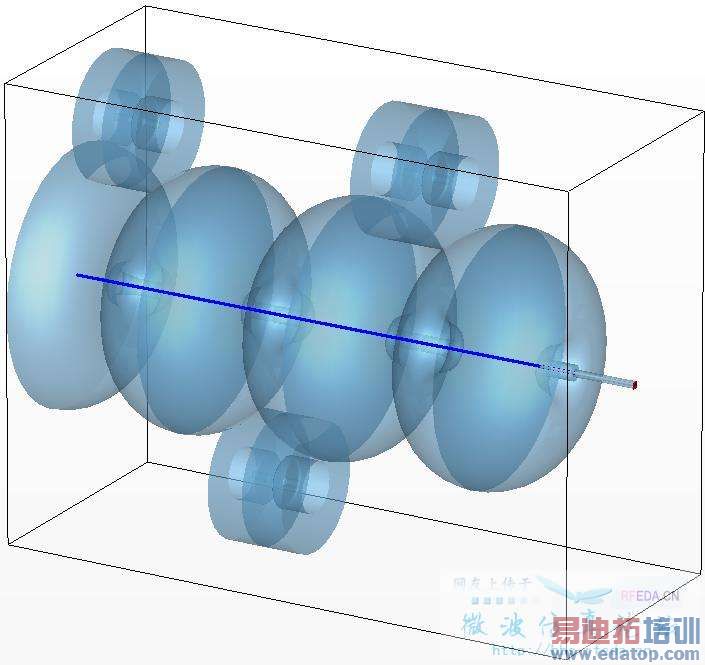
Global mesh properties:35、35、10,不理解设置这么高网格的意义是什么……。重新设置为10、10、10,取消metal edge refinement factor。选择enery based adaptive mesh refinement,激活online AR-Filter。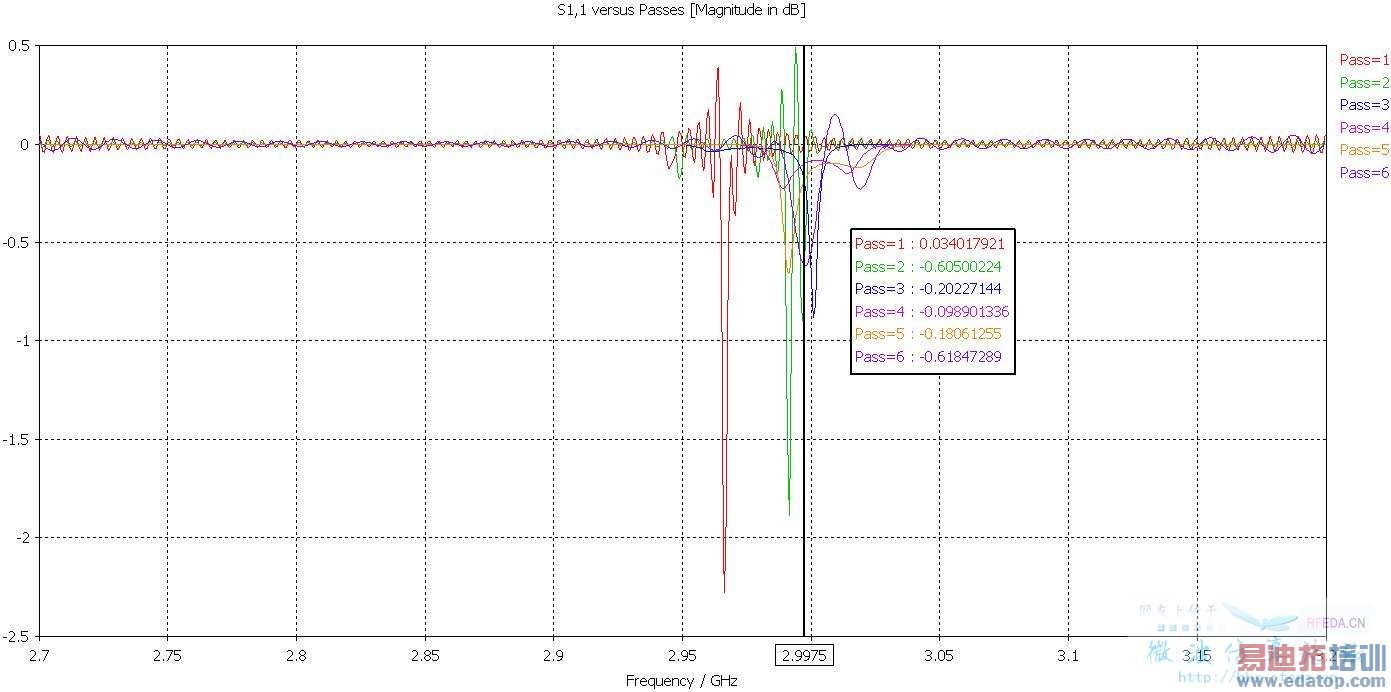
Pass 6手动终止,S11: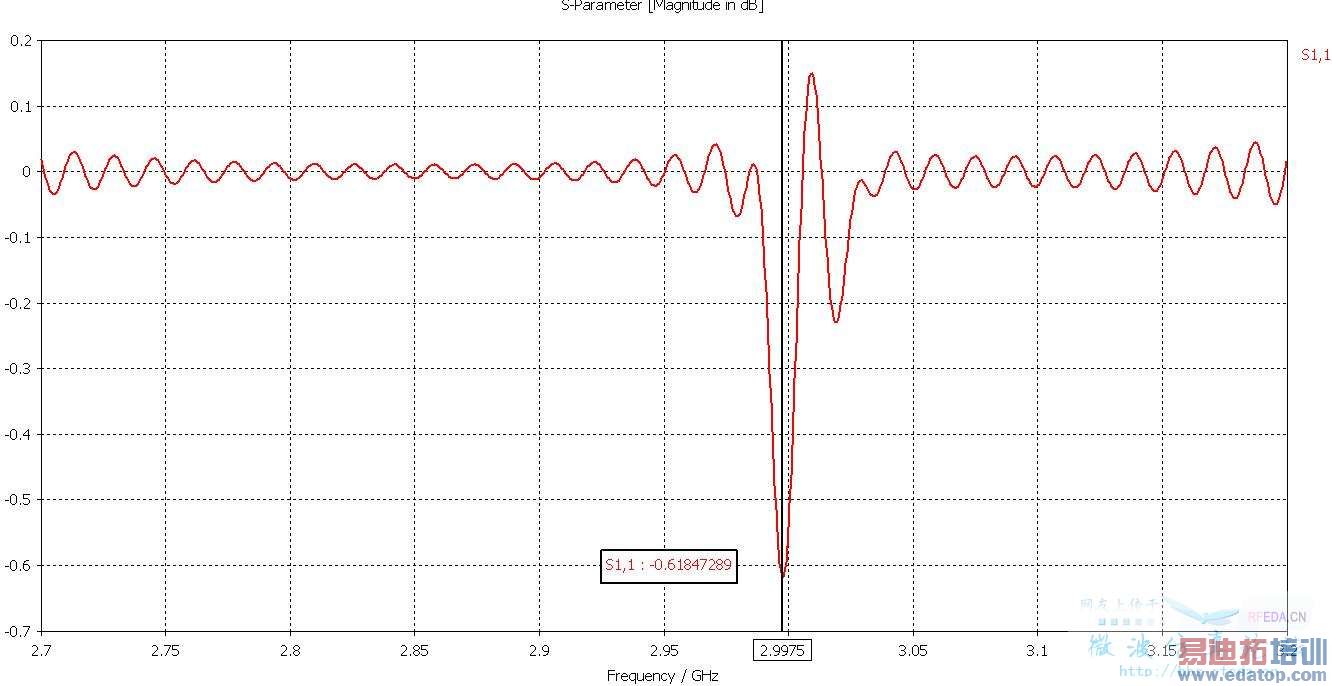
谐振频率2997.5 MHz。Field energy: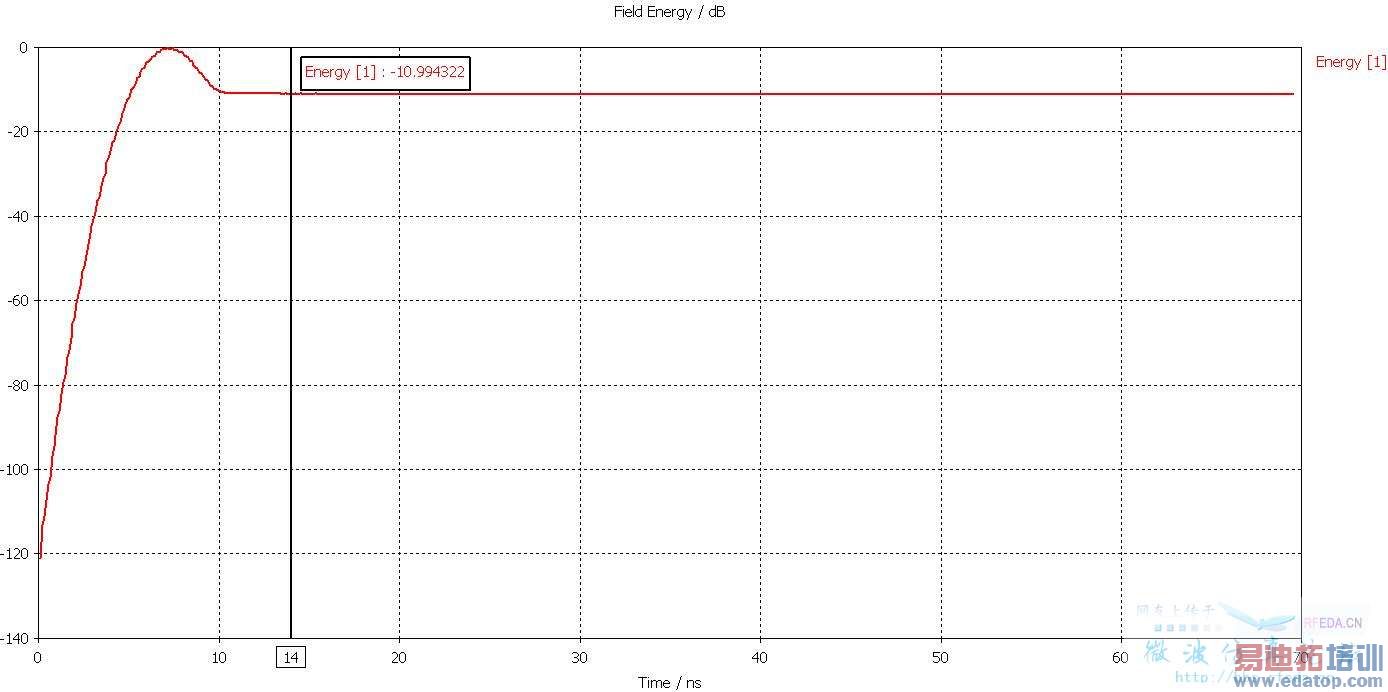
标准谐振结构,延长仿真时间的方法没有意义,如果一定要使用transient solver,只能配合使用AR-Filter: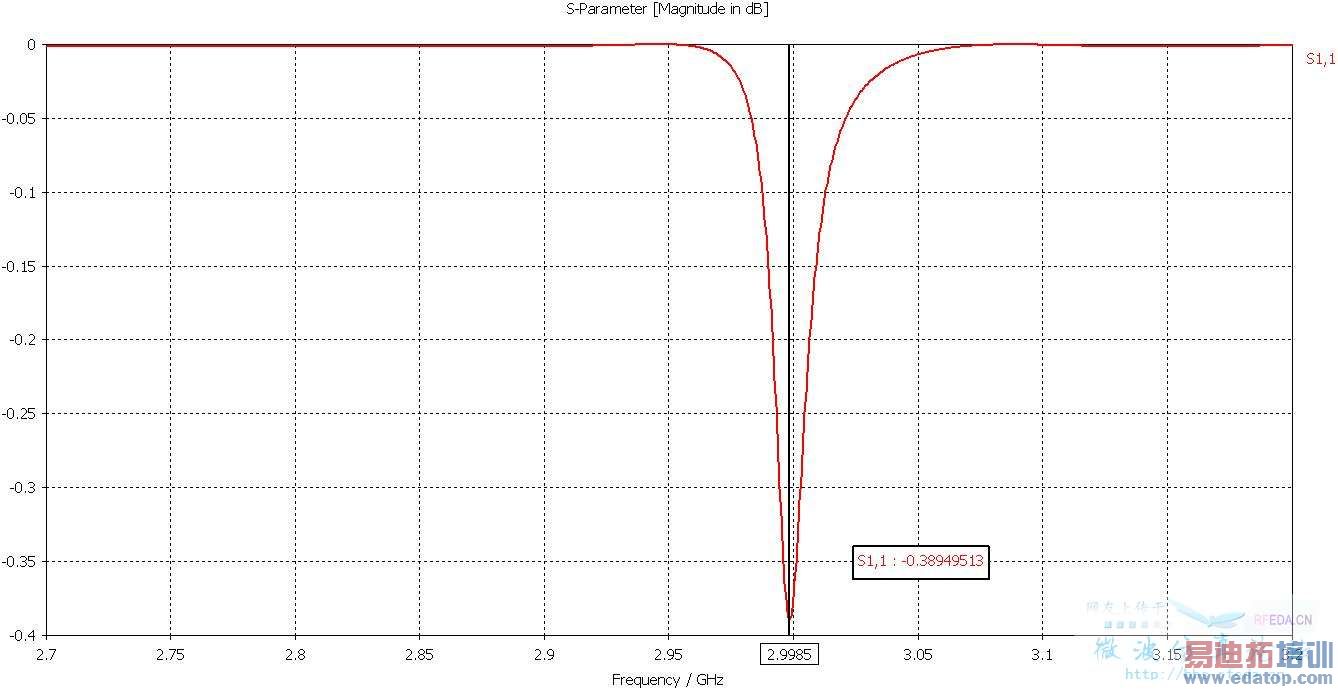
我的工作站Pass 6用了24分钟(手动终止),实际可以比这个更短。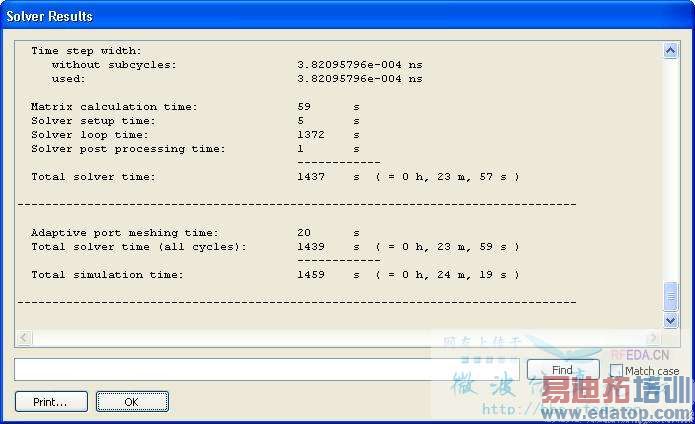
收兵回营。
申明:网友回复良莠不齐,仅供参考。如需专业解答,请学习易迪拓培训专家讲授的CST视频培训教程。
上一篇:CST MWS背景材料 端口面
下一篇:CST MWS vivaldi天线怎么画

